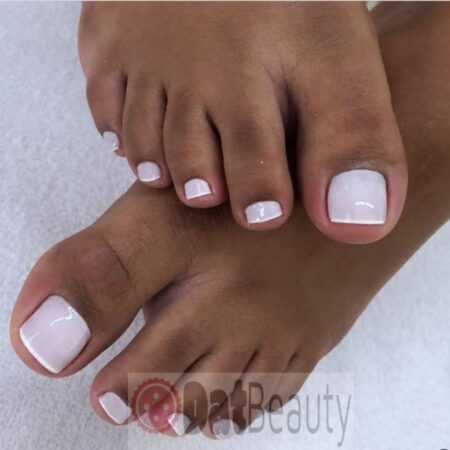When cutting hair extensions into layers, it’s best to consult with a professional stylist who has extensive knowledge of human hair extensions. So, measure the perimeter of your hair. After you consult with your stylist, you will know what perimeters work for shorter cuts? Do longer cuts require different perimeters? What are the best perimeters for fine hair and which for coarse hair? The following guide will help you that how to cut your own extensions if you do not wish to see a stylist.
To begin with, I think it is vital to know your own hair for best results. The Remy extensions should be matched with your own hair by seeing a professional stylist who knows how to dye Remy hair, cut and style hair. For example, if you have short layers that are even all over then this may not look good with long silky straight hair because of the contrast between lengths. And naturally if you have short hair then adding long hair doesn’t really match up very well either! The key point is to have enough length so that there is no contrast or obvious difference in lengths. During application, make sure that the extensions are attached correctly in order to avoid uneven layers.
Steps to cut hair extensions
Wash first
Wash and Condition your hair extensions before cutting them. This ensures that they will not be tangled while you are cutting them, making the process much easier and more manageable. Prepare a towel and leave in conditioner to wipe up any leftover hair afterwards.
Decide about the length
Place the extension around your neck so it forms a straight line from one ear to another down your back (or front); this will give you an idea of how long or short to trim the extension in order for it to lay straight when worn without having too much excess left over that looks unnatural with your natural hair texture, style, and length when worn together. Most people opt for within 1-2 inches of their natural hair growth when wearing their extensions with a classic length that falls just behind the hair line at the neck or a little lower. Cutting too short or too long will make your extensions look choppy and unnatural as well as adding thickness to those areas of your head where you’ve cut it shorter than others, making it seem as though you have a “patch” of thicker hair growth on your head.
Divide hair in two sections
After cutting any straggly pieces from around the back of your neck, using a comb separate a section from near one ear going straight down towards the other(or alternate if front is being cut) ear dividing it into two sections vertically for each side.
Cut extensions
Take either section and begin cutting layers off starting from just below shoulder level going downward in a diagonal slanted shape similar to a pyramid widening as you move downwards towards the end of each section. When finished with one side, repeat on the other or alternate if front is being cut. Using your fingers comb through your hair extensions gently to fluff them up and separate any sections of hair from around the back of your neck still remaining before clipping them off using small hair clips (recommended) or bobby pins keeping them out of sight.
Check for Leftover
Comb your natural hair down into a pony tail and then put a headband over it backwards so that it covers where you clipped off those pesky pieces of excess hair left behind by trimming your extensions at nape length just above the neckline. Now you can style your extensions as you want.
Tips for cutting different types of extensions
There are many different types of hair extensions depending on which method they were applied by. For example- sew in extensions look perfect if the stylist has given you even short layers with blunt edges. Hair wefts also have a great “seamless” effect when layered properly, however if not done correctly it can look very harsh and obvious! Using only tape or glue based silk base hair extensions without any additional tapes will require better preparation before application as well as at least two layers to make the blend smooth and natural looking.
You might also be interested in Best blow dryer for hair extensions
As for tape ins; these should be cut first (not your own hair first) and then attached to your head first…after the first row is attached, attach the second row which leaves more room up top for blending. This second row should be cut in the same length as the already attached hair extensions, when cutting this top section it is important to make sure you are not cutting your own hair! Also when doing any blending with these extensions please make sure the ends have been sealed very well using either our silk based glue or water soluble glue before cutting into them because if there is too much glue on the end then it may come apart during the cut.
It is recommended for long straight hair extensions to smooth out any frizz with a boar bristle brush. This will give the hair a sleek look which can complement most face shapes depending on how much volume you apply to your own hair.
Frequently Asked Questions about how to cut your extensions at home
Can I cut my Remy hair extensions?
You can cut your extensions at home if you have good hair cutting skills. It is recommended to visit your stylists if you don’t know how to cut them. You can follow how to cut extensions guide also.
How to cut hair extensions into sections?
You should use a comb to separate a section of hair from near one ear going straight down towards the other ear and dividing it vertically into two. Then start cutting each section separately.











